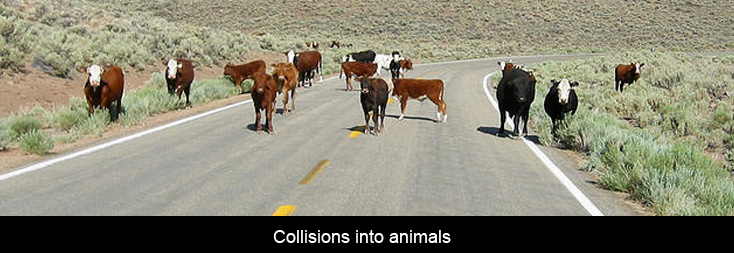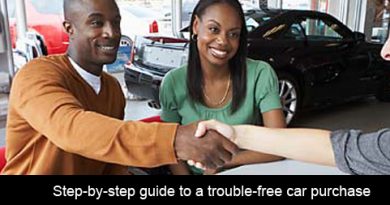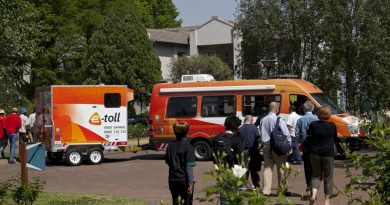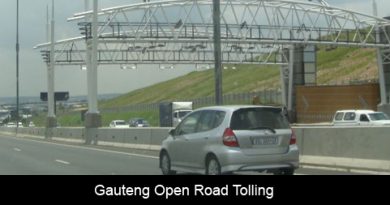Who is responsible for collisions into animals on the road?
One of the uniquely South African road hazards is the very real risk of collisions with animals on the road. South African road signs warn motorists against animals ranging from tortoises to hippos! It is however the more well known species such as cattle and sheep which most frequently cause these accidents and which we should be able to prevent more easily.
Antelope such as kudu cannot be easily contained and are known for jumping fences. Cattle and sheep should however be much more easily contained behind fences and gates. The disappearance of fences and the practise to leave gates open have unfortunately left many families without a loved one who died in a fatal crash.
We would like to consider this dilemma a bit closer and look at some of the legal implications.
Dilemma of animal related accidents
Stock-farmers complain that fences along public roads are increasingly wilfully removed, damaged or destroyed, resulting in animals straying into the roads and causing accidents. The laws around fencing has lead to much confusion and legal uncertainty – particularly in rural areas – in respect of liability in respect of broken fences.
What are the legal issues and concerns for stock farmers?
- Who is responsible for the erection of fences?
- Who is responsible for the maintenance of existing fences?
- Who is responsible for any damages incurred by animals straying into roads because fences are broken, damaged or destroyed?
Farmers are increasingly exposed to claims for damages arising from accidents caused by animals straying on to public roads. They believe that the judicial system and the courts are currently more inclined to hold the stock-farmer responsible for such damages.
Legal Position on Broken fences and animal related accidents
There are at present no express provisions in national legislation or provincial ordinances relating to liability for damages caused by animals straying into public roads because of damaged fencing. It is however generally understood that the person in control of the fence will ordinarily be held liable for damages incurred as a result of the fence being removed or being in disrepair and causing animals to wander into public roads.
In the absence of legislation, these questions are regulated by the common law. The courts take cognisance of all the facts and circumstances of a specific case and have established the principle that the person in control of the fence is obliged to repair and maintain a fence.
Which facts and circumstances would be considered?
To establish whether there was negligence the courts will look at surrounding circumstances such as:
- Time
- Place /Area
- The road where the collision occurred
- The kind of animal involved in the accident
- The distance of the fence from the roads
- Custom
- Local habits
- Special and peculiar facts of the case.
The court may decide on the facts that the person who exercises control over a fence has a legal duty towards road users to take such steps as were necessary and reasonably possible to maintain the fence in such a condition that it would fulfil its function of keeping animals grazing on the property out of the road.
Case Law on the responsibility to maintain fences
It is important to reflect on 2 reported decisions on this topic.
The best summary of the legal position is perhaps to be found in a judgment of Chief Justice Wessels in Moubray v Syfret:
“Prima facie the owner of a farm is entitled to allow his cattle to roam over his farm, so that at times they may be found straying on the public road. In a country where cattle ranching is an important industry we must see that we do not make it intolerable for the owner by imposing upon him unnecessarily onerous conditions, and we must assume that persons, who use public roads running through cattle farms, are acquinted with the ordinary conditions appertaining to such farms. In other words, that a person who uses a public road passing over a cattle farm will know that he may encounter cattle on the road ……..and if he is a motorist he must act prudently and not disregard the obvious customs and habits of the country. On the other hand the owner of cattle which are apt to stray on a public road must use reasonable care to see that he does not on his farm expose the travelling public to dangers from his cattle which he ought both to foresee and to avoid.”
In Coreejes v Carnarvon Munisipaliteit en ‘n ander 1964 (2) SA 454 (C) the court held that where the owner of a farm erected a wire fence alongside a public road the duty vests in the owner of that fence to see that the fence is effective in so far as this can reasonably be achieved. Thus where the fence is damaged or broken and animals enter the road causing road accidents the owner of the fence is negligent and bears the liability for the damage caused. The owner has to take all reasonable steps to ensure that the fence serves the purpose for which it was erected.
Conclusion:
The courts will not take an armchair approach –but will place themselves in the position of whoever has control over the fences and gates. Only then would the court be able to decide whether the reasonable farmer would have acted differently and whether there was a failure to comply with the standard of reasonableness.
Also view:




